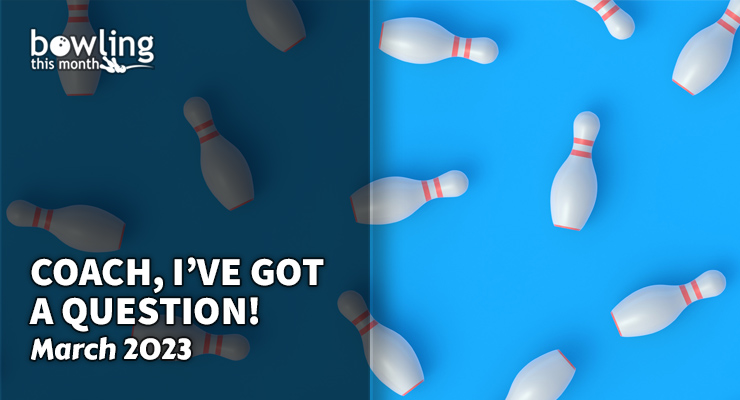Article Contents
- 1. How can you determine when your bowling ball has reached its expected life? Do pearl...
- 2. I have a question about lane surface. Our center will be transitioning to synthetics...
- 3. My home center is using a different house oil pattern this season. Like many, I was...
Note: This article is only available to Bowling This Month subscribers.
In this recurring feature, I answer questions from Bowling This Month readers. If you have questions, please leave them in the comment section below so I can address them in a future installment of Coach, I’ve Got a Question!
How can you determine when your bowling ball has reached its expected life? Do pearl balls last longer than dull/solid balls due to the amount of oil absorbed?
The short answer here is that a ball has reached the end of its life when it is no longer effective for what you had been using it for. Proper maintenance and regular visits to the pro shop for some form of oil extraction will help lengthen a ball’s lifespan, but a bowling ball’s performance will eventually fall off compared to when it was new. That being said, this doesn’t have to be the end of the usefulness of a ball if you’ve got multiple balls in your lineup.
For example, a more aggressive solid ball that has lost some of its bite can simply be moved down in your bag. It might no longer be as useful on heavier oil, but as a weaker, smoother option for flatter medium conditions, it might be perfect. In most cases, people equate total hook with pin carry, but that’s not accurate. A ball that is no longer strong enough to handle heavier volumes of oil will lose some pin carry, but once you match it up to a little bit less oil, it can be just as effective. I’ve found this to be particularly true of symmetrical bowling balls that go from being a medium/heavy oil option to a light/medium oil option toward the end ...
Already a premium member? Click here to log in.


